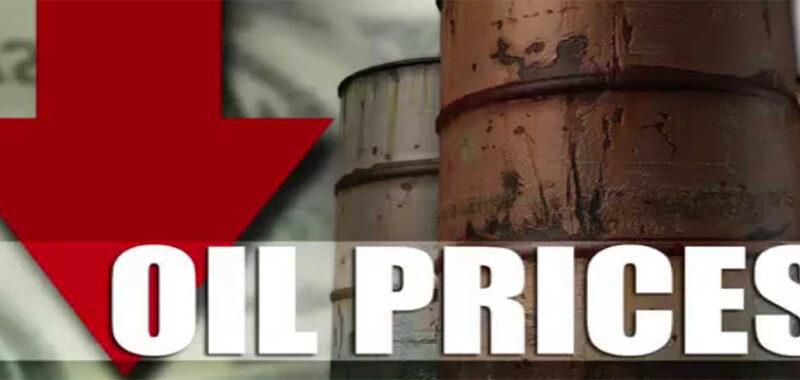Asia’s economies are more vulnerable to external trade shocks than other regions, but they would find low oil prices a boon to their government finances at times of heightened global economic uncertainty.
The world’s top crude oil-importing region and the most important export market of the major oil-producing countries – from the Middle East to Russia – could see a silver lining in the recent oil price slide to the low $60s. The crude import bills are dropping, and they are already pushing oil import levels in major Asian economies higher. However, these high imports are likely the result of opportunistic buying and crude stockpiling rather than any indicator of a rebound in oil demand.
Moreover, even oil prices in the $50-60 per barrel range couldn’t save Asian economies from slowing down if they are severely hit by the U.S. trade policies. Asian countries were slapped with the highest tariffs – now suspended until early July – by U.S. President Donald Trump. China and the U.S. began this weekend ice-breaker trade talks, which both countries described as “making progress”.
Other Asian economies are rushing to pledge increased energy imports from the United States in the hope of getting lower tariffs in their trade talks.
For example, Indonesia, the biggest economy in Southeast Asia, plans to slash its fuel imports from Singapore and source more refined products from the United States as the country looks to negotiate lower tariffs with the U.S.
“It is not only a matter of price but also geopolitical issues, we need to have a balance with other countries,” Indonesia Energy Minister Bahlil Lahadalia said on Friday.
Signs have emerged of increased oil imports into Asia in recent weeks, but the trade and economic uncertainties continue to cloud the business and economic decisions in the major emerging economies in the region.
India is boosting U.S. oil imports, and it’s also increasing crude imports from Russia as the price of Russian flagship Urals grade has dropped below the $60 per barrel price cap, allowing more non-sanctioned tankers to ship Russian oil.
Oil revenues for Russia and the Middle East’s top importers are falling amid lower oil prices, but importers are seeing the benefits of paying less for the crude.
Yet, demand doesn’t appear to be great, especially in China, the world’s top crude oil importer. China’s April imports rose from a year earlier for the first time this year. However, most of the driving forces for stronger Chinese crude purchases appear to be the cheap crude from Russia and Iran. China likely stockpiled more than 1 million barrels per day (bpd) of the crude it imported in April, according to estimates by Reuters columnist Clyde Russell.
Crude stockpiling could continue, although the recent supply of cheap Iranian crude oil to Chinese teapots has been disrupted by the U.S. sanctions on two independent refiners. The so-called teapots refiners in China have started to experience difficulties in procuring cheap Iranian crude, while others have stopped purchases from Iran for fear of being next on the list of sanctions, two trading executives told Reuters last week.
“Uncertainty and lower oil prices prompt aggressive stockpiling by Chinese majors, while sanctioned crude imports hold near record highs,” Emma Li, senior market analyst at Vortexa, said last week.
Across the rest of Asia, cheaper oil purchases could ease the fiscal shocks from the U.S. trade policies.
Yet, the International Monetary Fund (IMF) last month downgraded its outlook on the Asian economies for the near term, noting that “Asia-Pacific is both strongly exposed to the shock and faces a larger shock than other regions.”
The GDP growth projection for China was revised down by 0.5 percentage points to 4.0% for 2025, while India’s growth outlook was lowered by 0.3 pp to 6.2%. Indonesia, Malaysia, Thailand, the Philippines, and Vietnam in Southeast Asia also saw their economic growth outlook cut compared to the IMF’s October 2024 forecast.
By Tsvetana Paraskova for Oilprice.com

